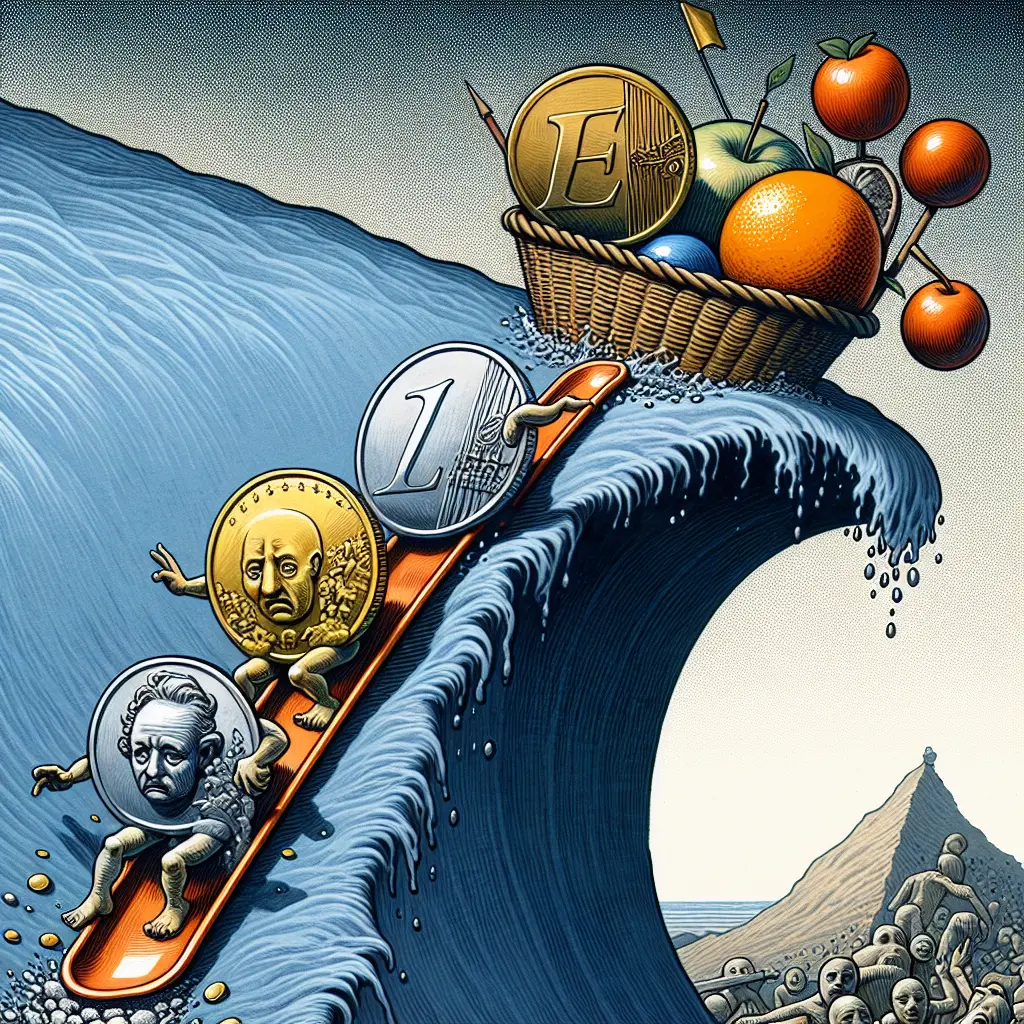Amid global economic turbulence, XRP faces new challenges as cryptocurrency markets react to dramatic policy shifts and investor uncertainty. The recent movements in the crypto space have highlighted how interconnected global policies and digital asset valuations have become.
The cryptocurrency landscape was rocked recently when a sudden downturn in Bitcoin’s price sent shockwaves through the market. This dramatic sell-off was triggered by the announcement of a 50% tariff on EU imports by the U.S. administration—a move that caught investors off guard and set off a chain reaction across major digital assets, including XRP.
The Ripple Effect on XRP
XRP, renowned for its swift transaction capabilities and prominent role in cross-border payments, has always been sensitive to broader market trends. When Bitcoin takes a tumble, alternative cryptocurrencies (altcoins) like XRP often experience similar volatility. The recent market upheaval saw Bitcoin dropping sharply below $109,000, leading to widespread panic selling and evaporating gains not only for Bitcoin but also for Ethereum, Solana, and XRP.
How Macroeconomic Policies Impact XRP
Major government policy decisions—especially those affecting global trade—can have profound effects on cryptocurrencies. Here’s how:
Investor Confidence: News of hefty tariffs introduces economic uncertainty, driving investors to offload riskier assets like cryptocurrencies.
Market Liquidity: Panic selling can rapidly drain liquidity from the markets, making it harder for assets like XRP to maintain stable pricing.
Cross-Border Transactions: XRP’s core utility lies in international payments. Trade tensions between economic giants can disrupt remittance flows and the demand for fast, cost-effective solutions like those offered by Ripple and its token, XRP.
What’s Next for XRP?
With the crypto market in flux, XRP holders and enthusiasts are left wondering about the path forward. While short-term volatility is to be expected, it’s important to remember:
XRP’s underlying technology and partnerships continue to drive its adoption in the global payment ecosystem.
Regulatory clarity remains a key factor for long-term growth and stability.
Market recoveries often follow sharp downturns, especially when driven by external macroeconomic events rather than internal flaws.
Navigating Uncertainty
For investors and users of XRP, these are times that call for:
1. Staying Informed: Monitor news about global trade and regulatory updates that could influence market sentiment.
2. Diversifying Holdings: Consider spreading investments across different asset classes to mitigate risk.
3. Focusing on Fundamentals: Remember that the value of XRP is tied to its practical use cases and technological advantages in the financial sector.
XRP’s Role Amid Economic Shifts
As the world watches how new trade policies and global economic shifts shape the future of digital currencies, XRP will undoubtedly play a pivotal role in the conversation. Whether this period becomes a setback or an opportunity for growth will depend on both the resilience of the crypto community and ongoing innovation in blockchain technology.
For those following these developments closely, you can find more details in this recent article.
Stay informed, stay secure, and keep an eye on XRP as it navigates the ever-evolving digital finance landscape.
Until next time—keep your ledgers balanced and your strategies smart.








Leave a Comment